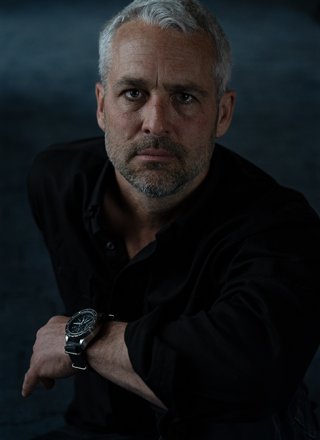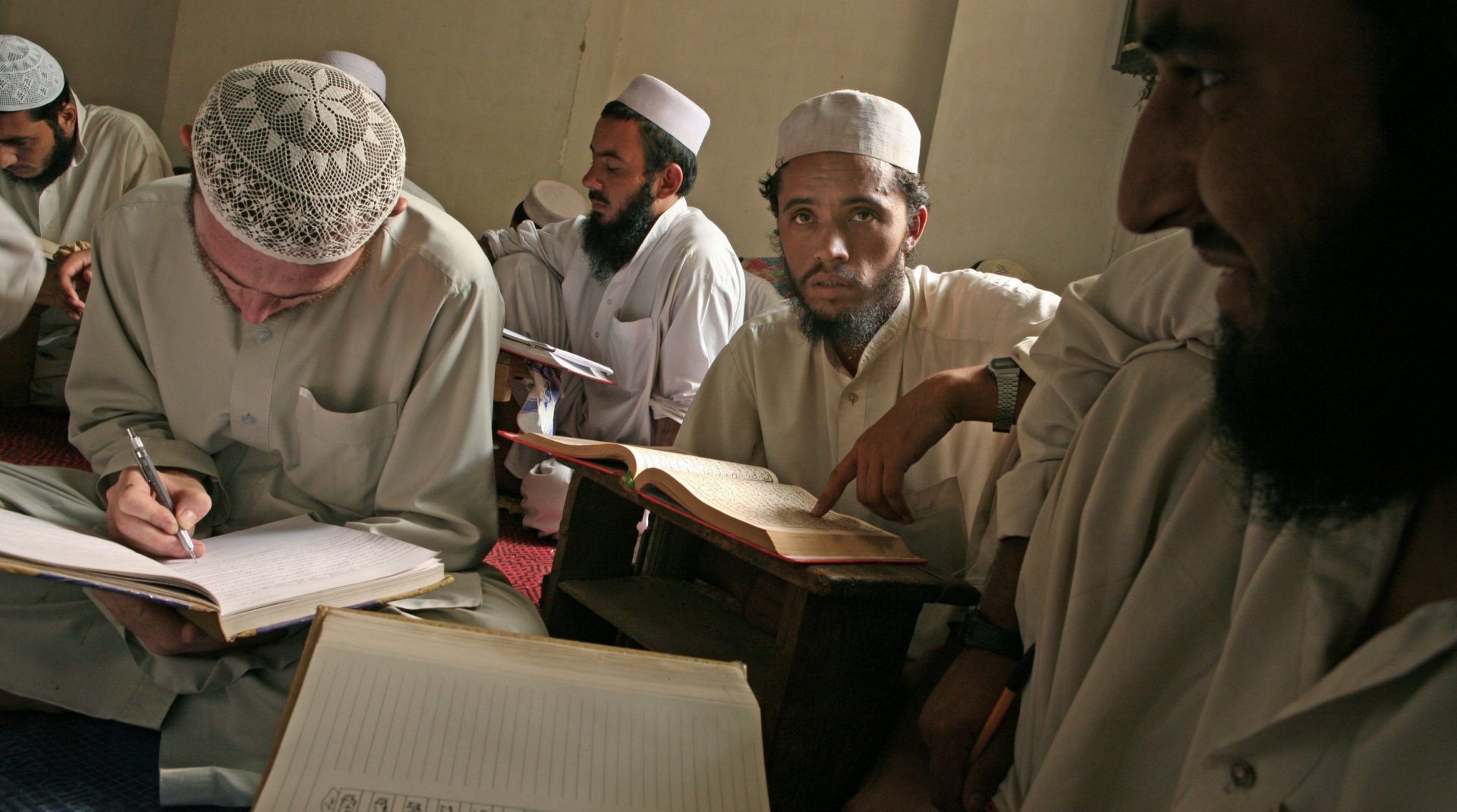
Afghanistan
Tyler Hicks
The New York Times
Few people in photojournalism can carry the title of “Legend.” Dirck Halstead may be one of those. At the age of 17 he talked LIFE Magazine into sending him to Guatemala to cover the CIA-led war against the Communist leader, Jacobo Arbenz. That resulted in a double truck spread in the magazine, and a pub letter the next week calling him “Life’s youngest war photographer”. In 15 years with United Press International he started the UPI photo bureau in Saigon and spent two years directing and photographing coverage of the Vietnam War. He was one of six photographers selected to accompany President Nixon on his historic trip to China in 1972. Later that spring, he accepted a contract to join TIME Magazine, and over the next 29 years covered stories all over the world, and wound up becoming Time’s Senior White House photographer covering every US president from Kennedy to Clinton. In addition to his work for TIME, between wars and the coverage of the White House, he turned his lens towards the movies, and did more than three dozen campaigns for major movies, contributing to our shared cultural history and rounding out a remarkable career. In 2002, he was invited to become a Senior Fellow at the Center of American History at the University of Texas in Austin, where he now lives.
Preview
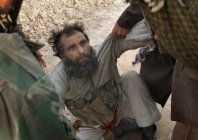
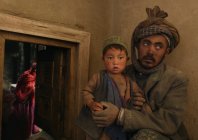
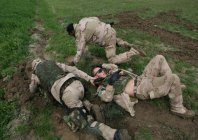

Six years later we are faced with the reality that there are no quick victories in war. Meanwhile, the cost paid in human lives continues to grow. Unquestionable freedoms have been won since the war began. Women are no longer banned from jobs or forbidden to attend school, presidential elections have been held and common items such as television and music are again permitted. The reality on the ground, however, is that there are many disaffected Afghans, a majority of them provincial farmers in remote provinces who are easily influenced (or forced) by Taliban fighters to assist them in their Jihad against the coalition attempting to bring peace to the area. This can involve arming villagers and encouraging them to fight, or equipping them with radios to alert them to coalition movements. Following my first experience with the Northern Alliance soldiers, I continued to photograph Afghanistan as it made its transition from Taliban rule. I had witnessed the conflict in Afghanistan as an internal affair between regional warring parties. Six years later I was viewing the war from the American side. What surprised me most were the strength, influence and growth of the Taliban and the apparent impossibility of expunging them from Afghan soil. During a two-week military operation in Zabul Province, where the Taliban have largely taken control, the Americans I was embedded with were ambushed two times in well-orchestrated attacks. During the attacks three men were captured by the Americans and confessed to their involvement with the Taliban. When the fighting subsided and I saw the three men up close I was brought back to that day on the road to Kabul six years earlier. I tried to imagine myself living every day in their situation, surrounded by elevated mountain peaks and wooded orchards, and at the mercy of a guerilla army across 200,000 miles of Afghanistan’s most hostile countryside. The war in Afghanistan will continue for as long as the world’s subtle and often compromised pressures keep us there, or until a new cycle, good or evil, takes its place.
Tyler Hicks




